As Thanksgiving Day approaches, curiosity often blooms about the origins of the fruits and vegetables that are on holiday tables.
These plants are not just food; they're also entwined with the cultural and historical fabric of the celebration.
Let's explore the significance of these plants that have become synonymous with Thanksgiving gatherings.
Thanksgiving Plants and their Origins
Here are plants that have been representing the season, each with its own unique backstory and significance.
Corn
Today's corn is very different from what people ate at the first Thanksgiving. Back then, it was a hardy, red-kernelled variety known as the King Philip corn.
The Native Americans taught the Pilgrims how to grow and harvest corn, a skill that proved to be vital for the survival of the European settlers.
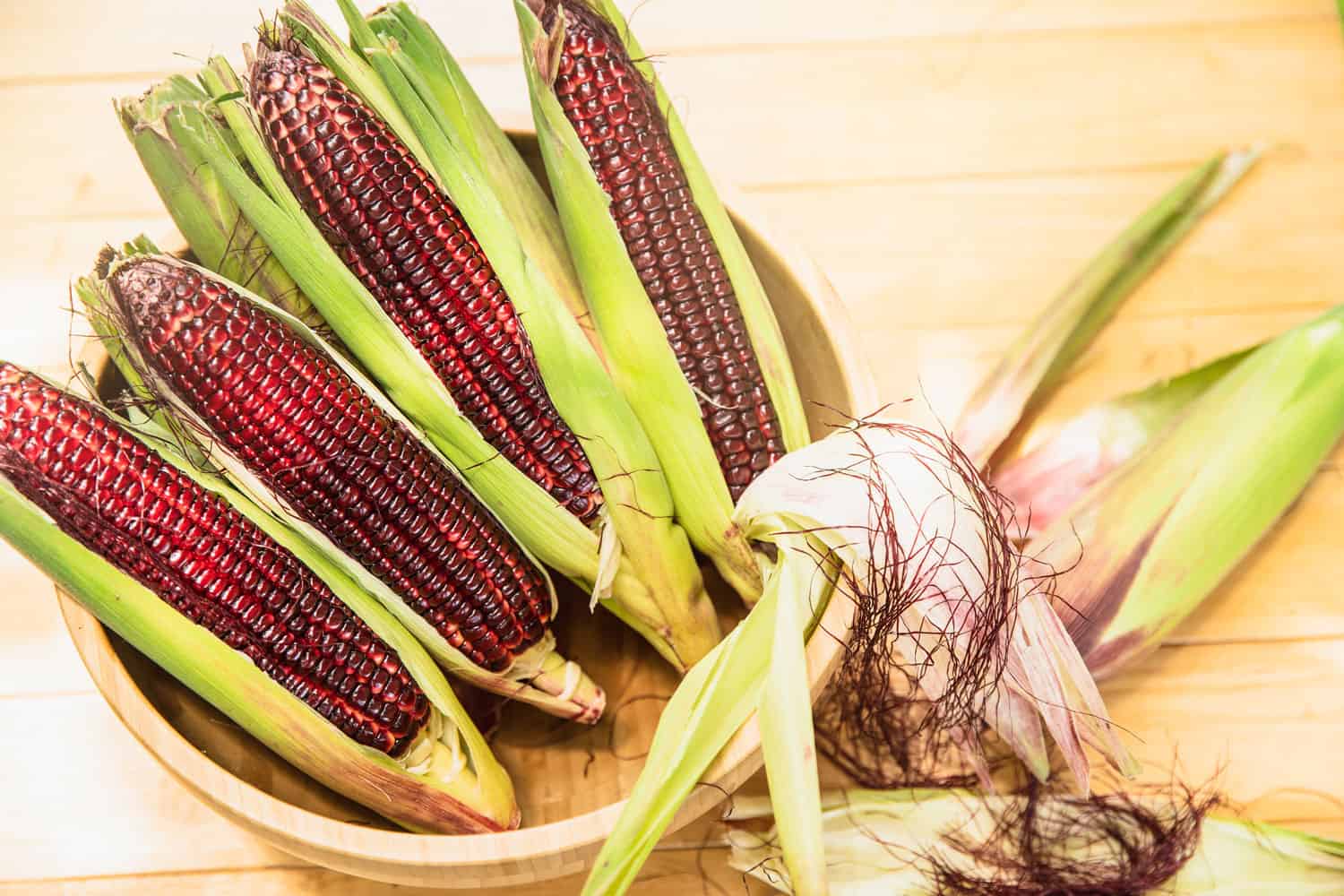
One interesting element of corn cultivation during this time was the use of the "Three Sisters" planting technique.
When they planted corn, they also planted beans and squash at the same time.
The corn gave the beans a place to climb while the beans supplied nitrogen to the soil. The squash plants provided ground cover to help retain moisture and keep weeds at bay.
At the first Thanksgiving, corn was on the menu, but not like we eat it today. It wasn't on the cob. It was more like a cornmeal or corn porridge.
Regardless of the form it took, corn was a staple of the Native American and Pilgrim diets that played a critical role in the very first Thanksgiving feast.
Pumpkins
Pumpkins have been around for a long time, too, just like corn.
The pumpkins you'd find were smaller and not as sweet as they are now, but they were cherished for their ability to last through the winter.
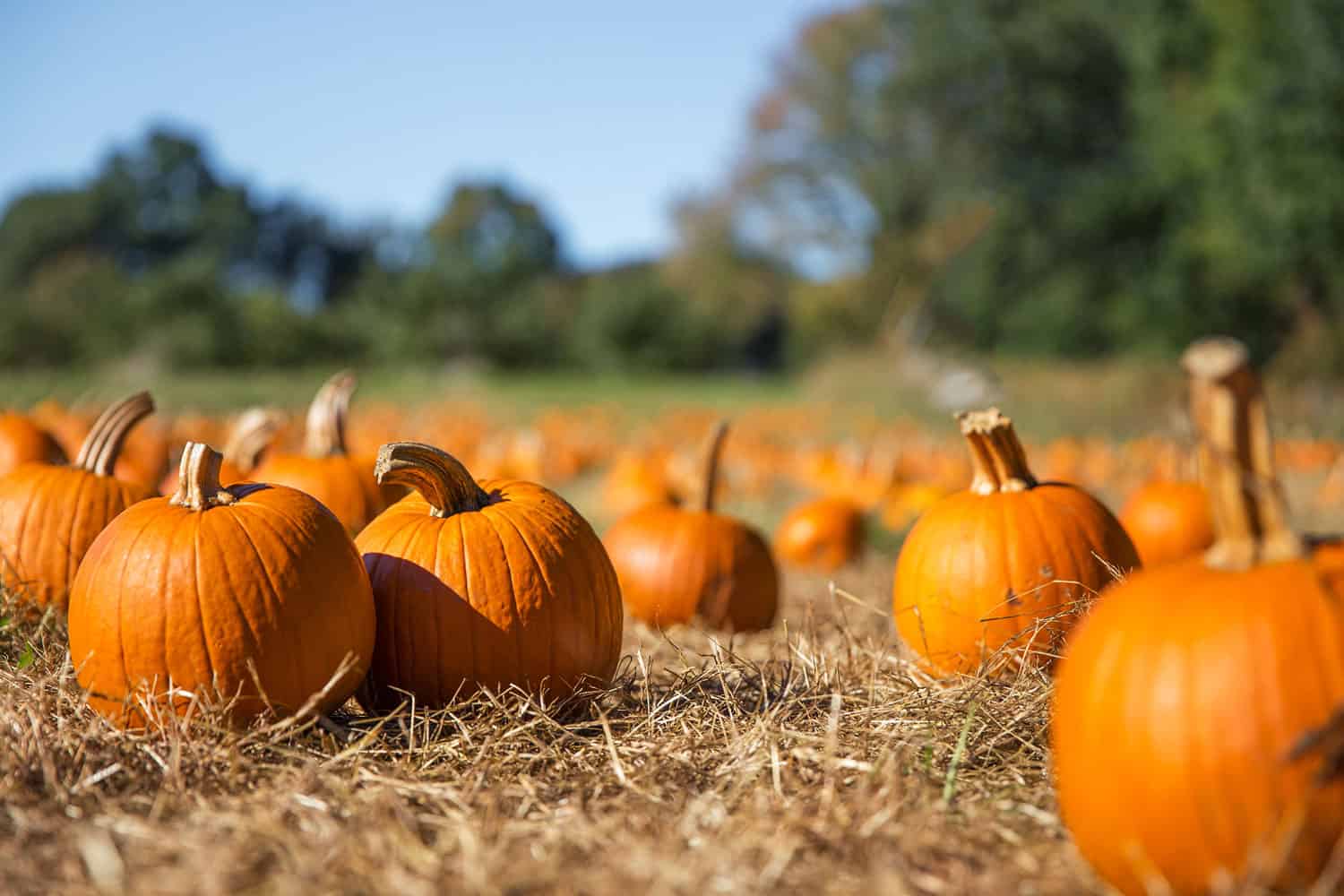
People would cook these hardy pumpkins for a whole day, often enriching them with spices and butter.
Or they would hollow out the seeds and fill the gourd with a ginger-spiced milk mixture to roast over the fire.
The classic pumpkin pie started appearing in cookbooks in the late 1700s and gained popularity in 1863 when President Lincoln made Thanksgiving a holiday during the Civil War.
Today, the traditional pumpkin pie is just the beginning of the autumn pumpkin craze. Every fall, people look forward to all kinds of pumpkin-flavored treats.
Things like pumpkin spice lattes, pumpkin bread, and pumpkin cookies have become a special part of celebrating the season.
For those interested in cultivating their own pumpkins for next Thanksgiving, check out How to Grow Pumpkins Successfully for expert tips and advice.
Beans
Eastern Native American tribes had techniques for preparing beans, such as baking them with maple syrup—a practice they likely passed on to the Pilgrims.
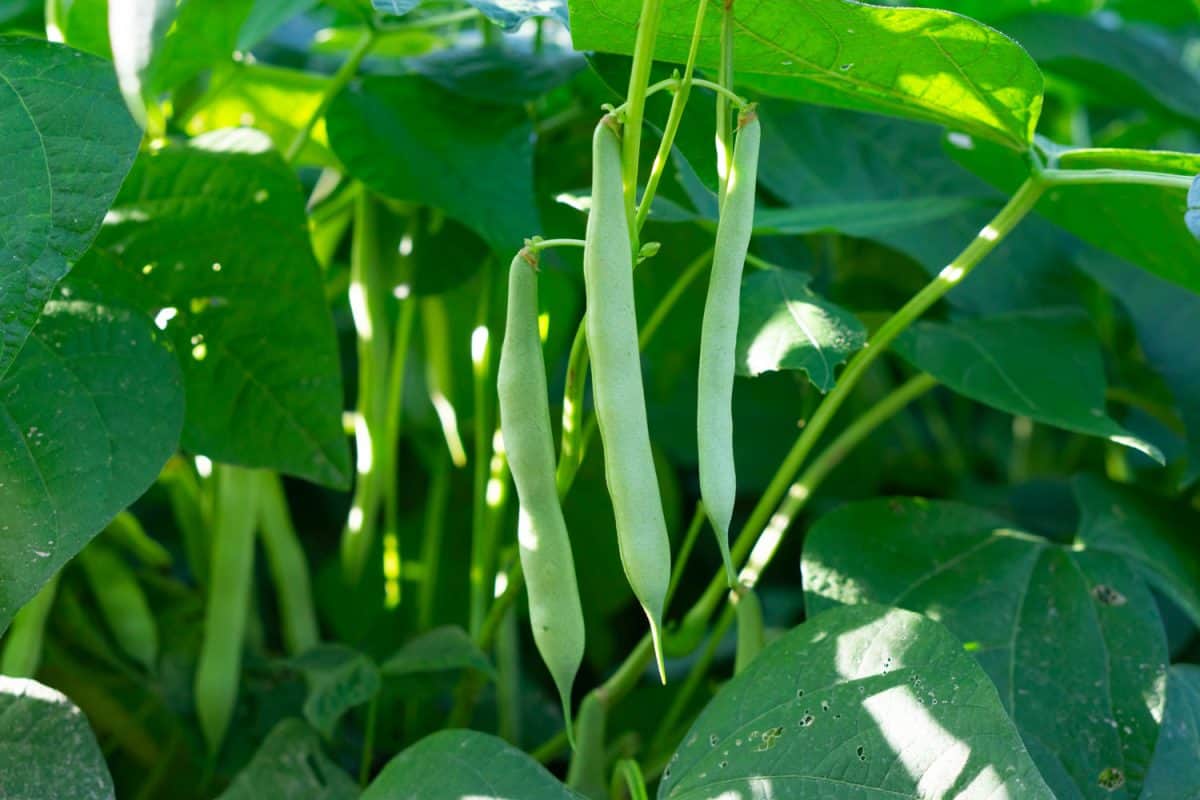
Although beans aren't as frequently mentioned in historical accounts as corn or pumpkins, they've been a continuous presence in Thanksgiving traditions.
This includes the early American dish of succotash, a blend of beans and other vegetables, evolving to the modern green bean casserole that became popular in the 1960s.
Potatoes
Mashed potatoes are a Thanksgiving favorite now, but did you know they weren't on the menu at the first Thanksgiving back in 1621?
The Spanish had introduced them to Europe from South America around 1570, but they had not yet reached North America or become popular with English settlers.
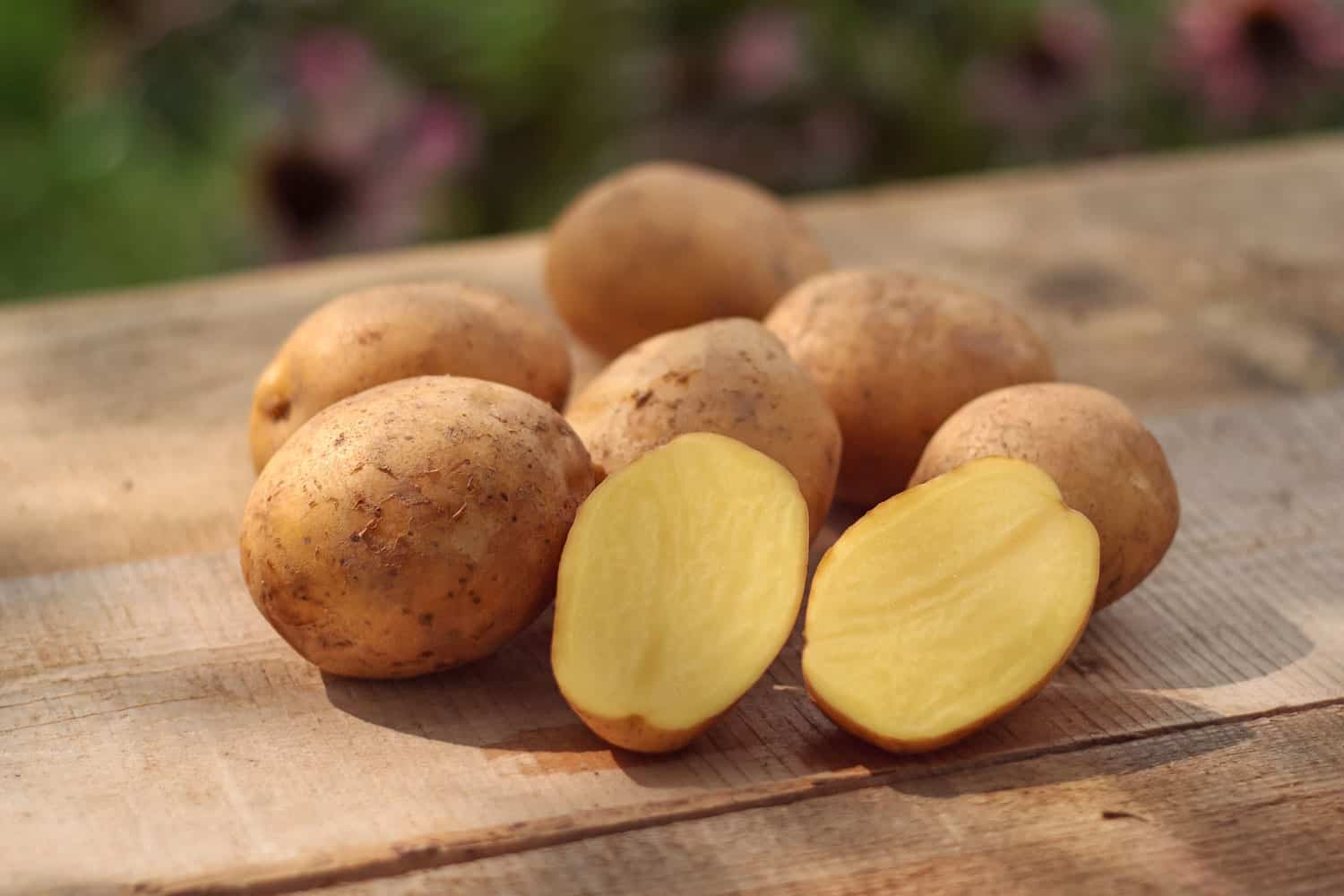
The indigenous peoples of New England, though, were eating local root vegetables like Indian turnips and groundnuts, which may have been included in the early celebrations.
It wasn't until after Thanksgiving became an official holiday that potatoes began to gain a foothold in the American diet.
By then, these versatile tubers had made the journey from being domesticated in South America to being adopted in Europe and finally landing on American tables.
Over time, this has led to favorite dishes like mashed potatoes and sweet potato casseroles that you love to eat at Thanksgiving today.
Cranberries
Cranberries, like corn and pumpkins, are a classic part of Thanksgiving.
Native Americans, who first showed the Pilgrims how to use corn and pumpkins, also often used cranberries.
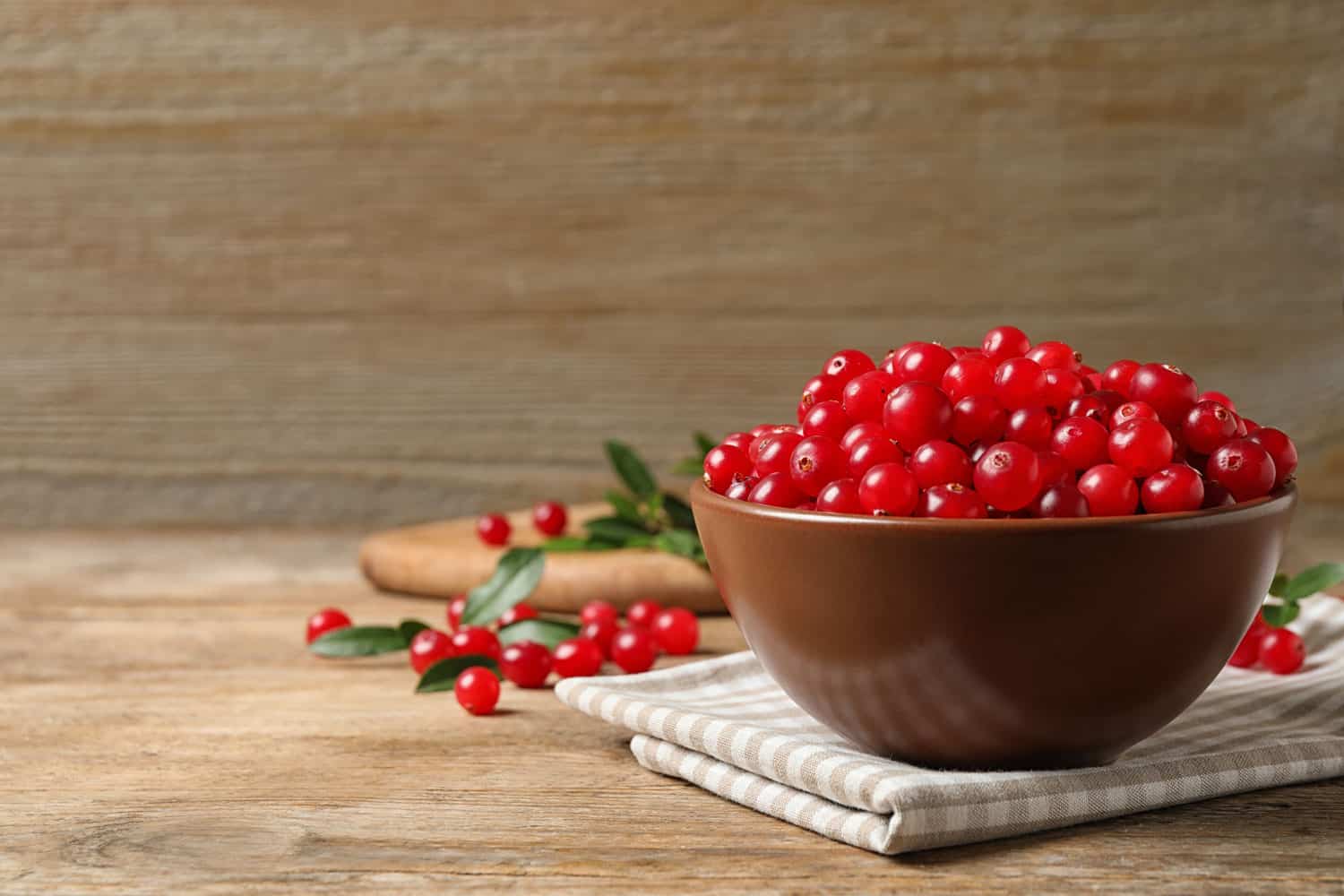
The Northeastern Native tribes, like the Algonquin, Wampanoag, and Lenni-Lenape, were the first to make use of cranberries.
They ate them, used them in medicine, and dried them to add to pemmican, a food made of fat and protein that helped them get through the winter.
While early settlers may have relied on honey to tame the berry's natural tartness, the lack of sugar meant cranberry sauce, as we know it, wasn't on the first Thanksgiving menu.
But it's likely that cranberries were still eaten, maybe dried in pemmican.
By the 1800s, cranberry sauce started to be linked with Thanksgiving, and in 1796, Amelia Simmons' cookbook "American Cookery" shared the first cranberry sauce recipe.
By the time General Ulysses S. Grant included them in soldiers' Thanksgiving meals in 1864, cranberries had become a true Thanksgiving tradition.
Fun Fact: "Cranberries" were once called "craneberries" by colonists because their flowers resembled a crane's head!
Pecans
Pecans have deep roots in America, dating back over 10,000 years, as a staple in the Native American diet and a medium for trade.
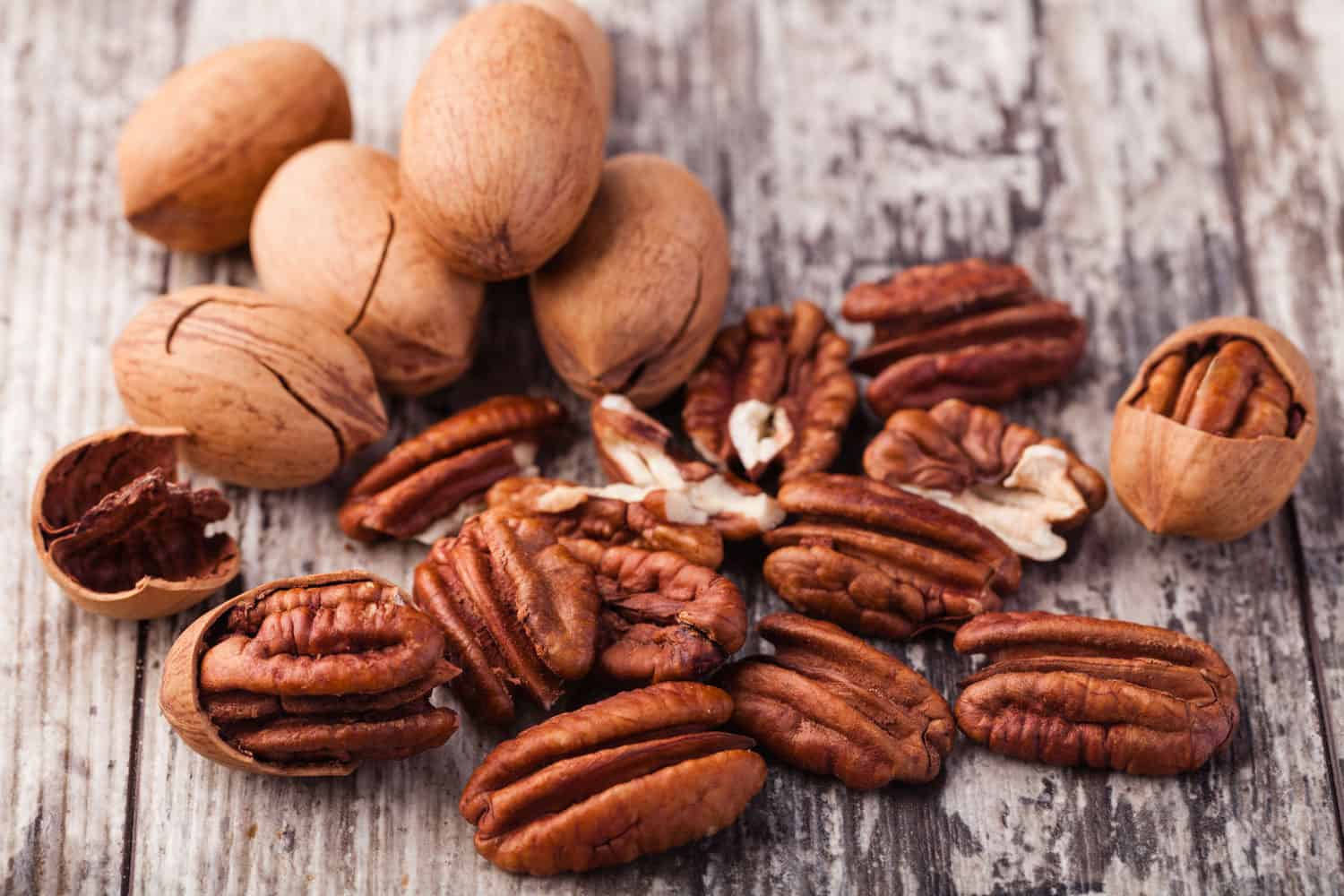
When European settlers arrived, they quickly took a liking to the nut's rich flavor. Today, pecan pie is a Thanksgiving favorite, a nod to the South's culinary heritage.
The pie itself became a tradition after the recipe's first publication in 1898, and its Thanksgiving ties may be due to the fall pecan harvest season—just in time for the holiday feast.
If you're looking for creative ways to use your autumn harvest, from tasty recipes to festive crafts, be sure to explore this article.
Celebrating the Thanksgiving Season with History-Rich Plants
Now that you're familiar with these history-reached plants, why not try incorporating them into your Thanksgiving menus this year?
They add a delightful flavor and crunch to a variety of dishes, both sweet and savory.
So, this Thanksgiving, let's give a nod to the plants that have been part of this holiday for centuries.
They're not just food; they're a big part of our history and what makes this day special.
